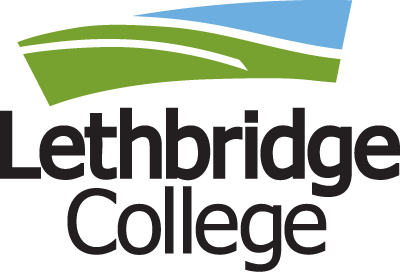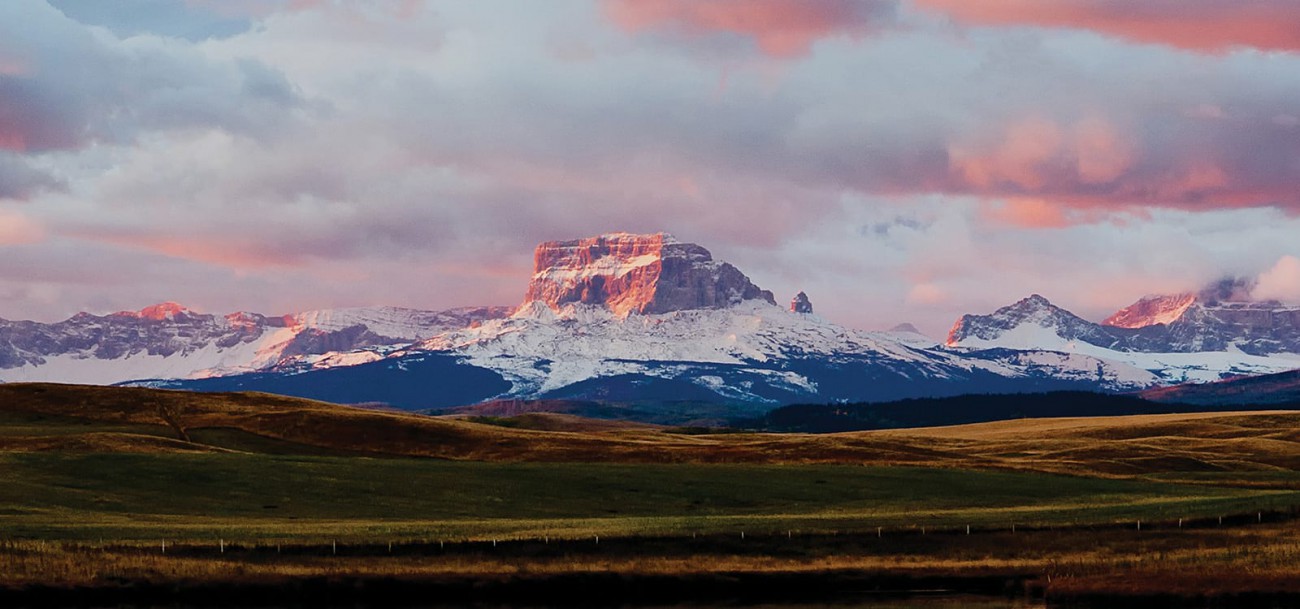Chief Mountain | Castle Wilderness Area | Writing-on-Stone | Waterton | Crowsnest Mountain | Lethbridge's Coulees
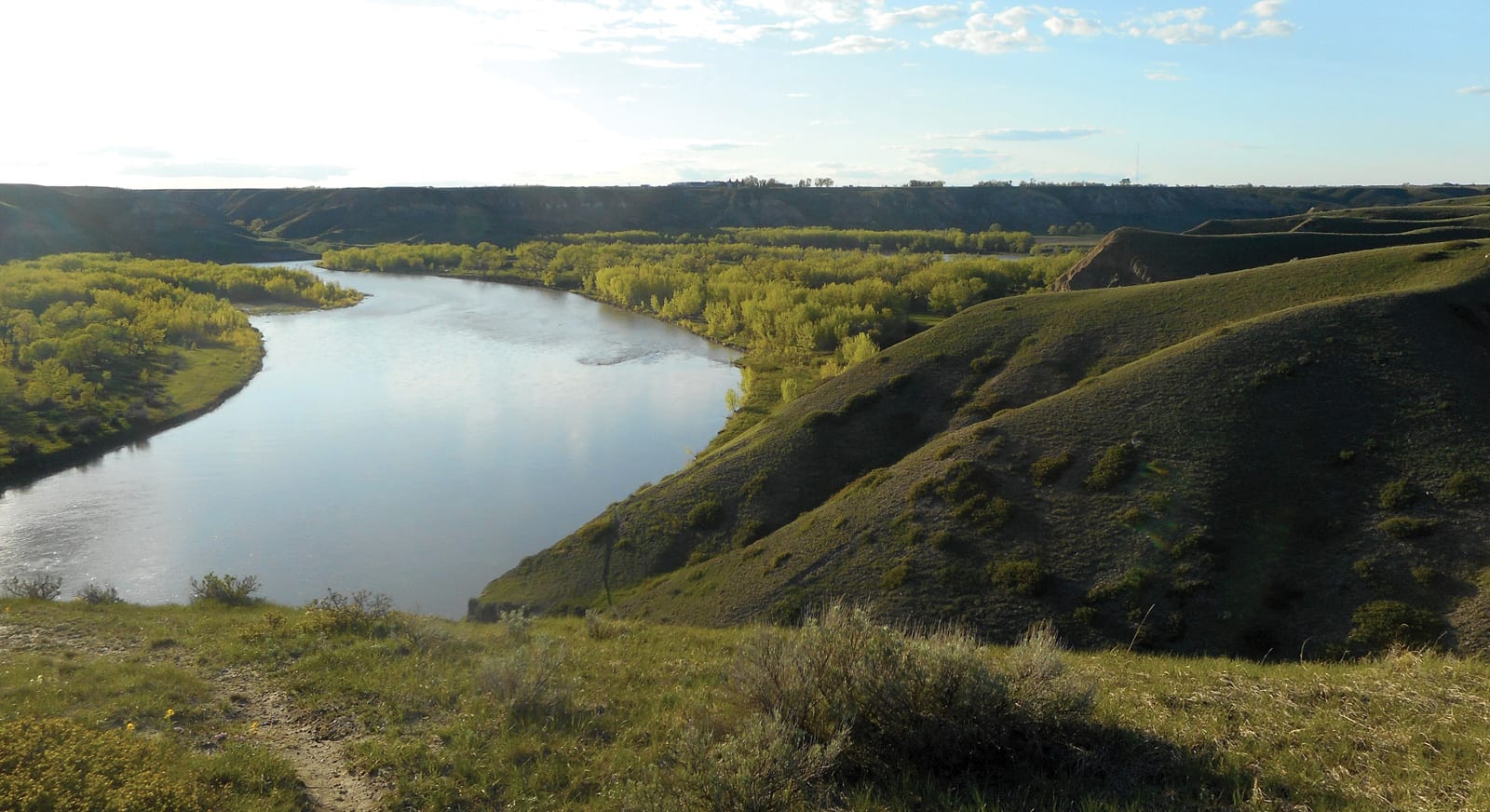
ABOUT KAAWAHKÓÍSTSI (LETHBRIDGE’S COULEES)
Coulees are the steep-sided, v-shaped valleys found along the river throughout Lethbridge. They – and the coulees throughout southern Alberta – were formed when the last glaciers retreated from the area, and they have been eroded by water and wind over time. Coulees are a sanctuary for wildlife and home to hundreds of native plant species. The word coulee comes from the Canadian French coulée, from the French work couler, which means “to flow.”
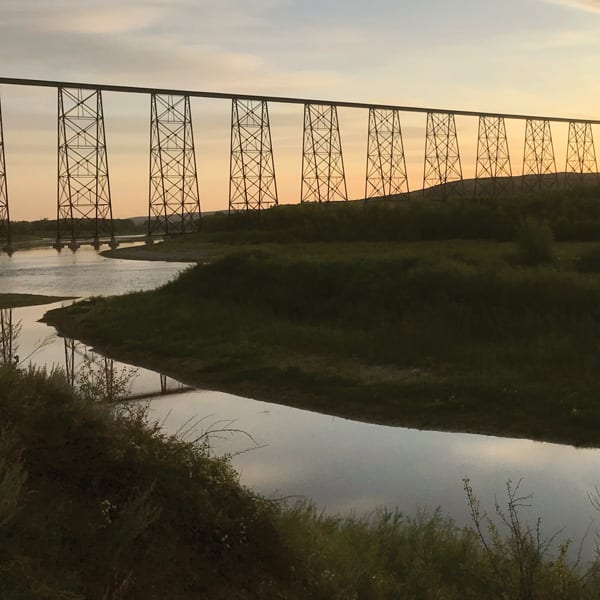 FOUR STORIES OF KAAWAHKÓÍSTSI
FOUR STORIES OF KAAWAHKÓÍSTSI
LETHBRIDGE’S COULEES
By Ninna Piiksii (Mike Bruised Head/Chief Bird) | photos by Shanda Webber and Andrew Nugara
I am going to share some stories about the kaawahkóístsi (coulees) around sikóóhkotoki (Lethbridge), that were told to me by my grandparents and elders from Kainai. If you look at the landscape of the traditional Blackfoot territory, you will quickly understand that coulees are always close to waterways.
So the first story about coulees is about the movement of the Blackfoot people. Imagine going on a journey, being part of a clan or a band – 100, 500 or 2,000 people – travelling on foot with your belongings. There are children and elders. Each clan or band had a group of scouts, young men who could run, swim, go into warfare. These scouts would navigate and guide the people, running ahead and checking out the whole area. In the summer, you would navigate across the rivers by walking on foot. And coulees would help you cross.
Not every coulee was walking friendly. Scouts would have to find the best place to cross the river where it was shallow and safe for elders. Thousands of years ago, scouts knew the coulees and they knew the rivers. And the coulees and rivers all had a name. After the walking days, horses made travelling a little bit quicker. But they still had to manoeuvre the rivers. And more coulees could be used to navigate going down and back up from the river. Now there are tracks and if you really observe, you can see the ruts of the travois on the tops of some coulees.
The second story of kaawahkóístsi is that they were almost like alleyways for hunters. Hunters knew where the animals went down to drink water and where they came up. Hunters would manoeuvre in the coulees so the wind wouldn’t carry their scent, so the animals will not smell the humans. The coulees – as alleyways – would help the hunter harvest the game.
The third story of kaawahkóístsi is that you could find berries there, many natural berry patches. People knew where to go to pick berries, and there were names for these berry spots. And those names are gone. I would encourage the reader to find out some of the names we know – for the coulees and for places in all of southern Alberta. People today – like the Blackfoot people since time immemorial – can use the coulees as a place to rest away from the wind.
The fourth story about kaawahkóístsi is that they are a place to find medicine. Not all medicines that we harvest grow in the coulees, but many do. The same medicines that we harvest for human consumption, the animals also ate, and so imagine how healthy they are for us to eat. We give thanks for the kaawahkóístsi. I hope people will go to the coulees and think about where the Blackfoot people may have crossed and look for the alleyways the hunters may have used, and find the berries in summertime, and think about where the medicines might grow. The coulees are a living part of nature. These stories bring out the living contributions of the coulees. The coulees are alive. They will always be there. They are our friends.

If you can’t make it to mountains, you can enjoy your own “urban mountains” in the coulees. It is possible to plan hikes that allow you to match the elevation gains of small to medium-sized mountains while taking in a variety of interesting scenery. You may even discover some fossils along the way! You can also enjoy some technical climbing, as Lethbridge College instructor Brad Wolcott demonstrates in his parody (but also serious) guidebook, Selected Alpine Climbs in the Coulees of Lethbridge. In it, he details 26 of the 94 technical climbs he has completed, including the special tools and techniques that he uses.

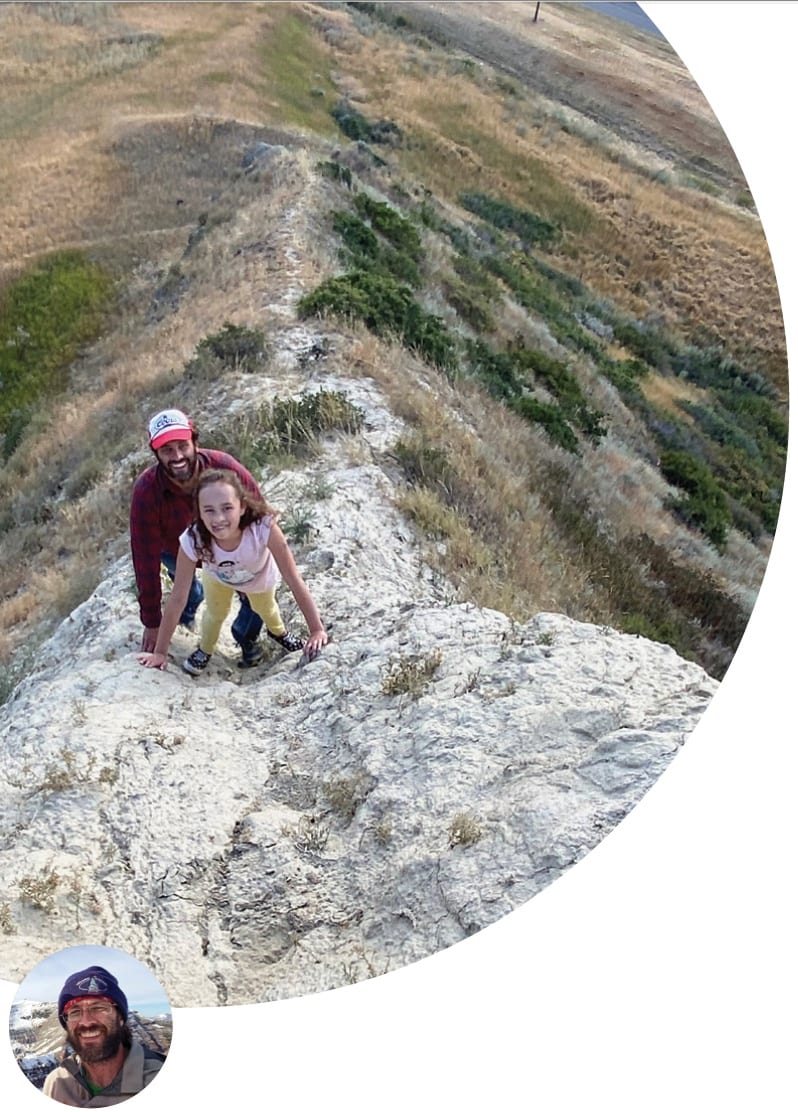 BRAD WOLCOTT SHARES:
BRAD WOLCOTT SHARES:
WHAT THE COULEES MEAN TO ME
Story and photo by Brad Wolcott
I love the coulees because they have led to many pointless adventures. With a little imagination (along with a heavy dose of stupidity), one can find all sorts of things to do in them. White water canoeing down a stream. Building obstacle courses with fallen logs. Spelunking in a tunnel. Alpine climbing up a ridge of dirt. You can do all of these things by yourself. Nevertheless, stupid and pointless activities are always more fun with others. As such, I love to venture into the coulees with my family and friends. Furthermore, the fun will continue after you return home. You can regale your “noncoulee friends” with epic stories of adventure. Likewise, you can remind your “coulee friends” of all the fun that you had together. My friends and I still talk about our escapades. Mark falling into Six Mile Creek and having to attend a meeting afterwards. Lance canoeing through thicket after thicket of thorny buffalo berries. Jeff tentatively squirming over a sheet of ice, only to fall through halfway across. Dave wondering if a belay anchor placed into dirt is actually a good idea. Great times!
TOP 4
THE COULEES
Great place to eat: Lethbridge College’s Garden Court Restaurant has one of the city’s best views of the coulees. Enjoy student cooking and the beauty of our region by booking a table at facebook.com/LCGardenCourt or calling 403 320 3230.
Hike with a breathtaking view: Be sure to check out the newly opened Iissksiniip (Coming to Know and Learn) Coulee Walk, which was unveiled in September as part of Truth and Reconciliation Week and starts just behind the college.
Got kids? They can learn about plants, animals, soil and air at Lethbridge College’s Environmental Explorer Junior camps in July – including those in the coulees behind campus. Check out this and other great camps for young learners at lethbridgecollege.ca/summercamps.
Want to learn more? Stop by the Helen Schuler Nature Centre, which opened in 1982 and offers a wide range of interactive experiences that connect people to their local natural heritage. It’s open year-round and always worth a visit.

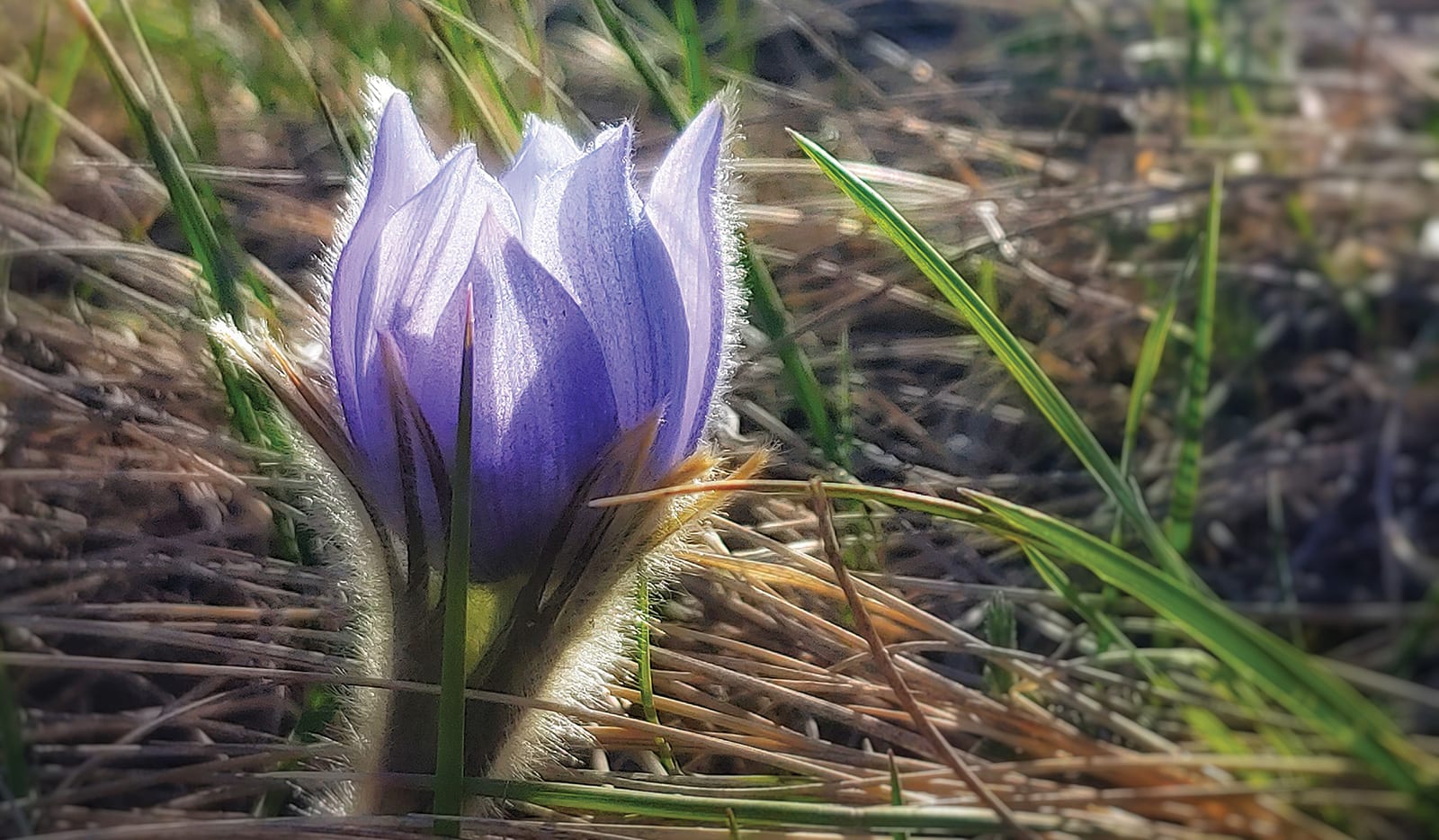
SPLENDOUR IN THE GRASS
The coulees are a special place for me. They tell me that I am home. They tell me that I need to slow down and focus on what is important. They tell me to listen. If anyone reading this has spent time in the coulees in Lethbridge, I praise you. If not, we should talk. I will even guide you in the right direction. Most of us take for granted that we have an amazing ecological area right in the city. It is a place teeming with biodiversity and distinct species. The coulees represent our river valley, wetlands, cottonwood forests, and municipally designated parkland. It is a place that demands attention, whether you just want to stop and enjoy the view, go for a stroll, or discover it in more detail.
This is where things change a bit. Although it is a beautiful space, it is delicate. It needs to be cared for, just as if it was our own. Amongst the tufted grasses in the coulee is a small native grass named red three-awn. Its floret is purplish red at maturity and can be found amongst cheatgrass and blue grama, other grasses in the area. It is also a species of concern and considered endangered in various areas. The coulees are an everchanging community of biotic function, and they deserve respect from those who use it. And yes, there is natural erosion present along the hills, and at times it may not look like anything is alive because the weather is so hot and dry. Maybe this is all part of the plan. If we take good care of it, it will take good care of us.
Story and photo by Aaron Keeling

NEVER ENOUGH NATURE
The Wider Horizons team reminds all people who head out into Blackfoot territory to respect the land we share and leave only footprints. We also encourage you to share stories of your journeys with your family and friends when you get back home – and we would love to see photos of the places that matter to you, too. Email photos of your favourite places to [email protected] or post them on social media (and tag @lethcollege), and we’ll add them to our slideshow!

